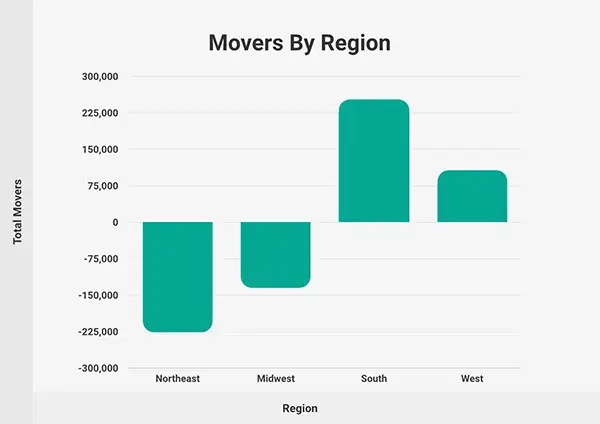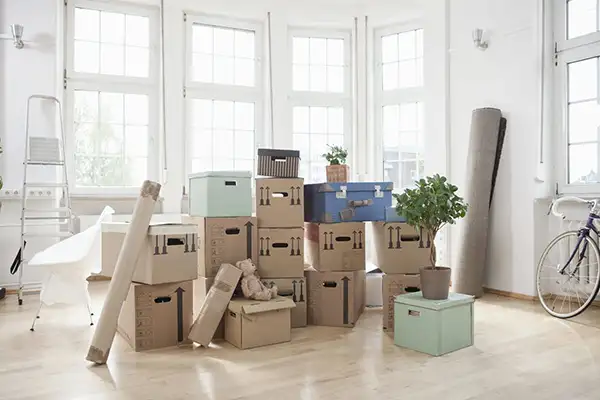Key Takeaways
- House moving companies ensure the delivery of your valuable stuff and belongings safely from one corner to another.
- While moving your furniture cross-country, consider entering them into a list first, then cleaning them, and at last disassembling them.
- Reinforced cardboard or wooden panels can offer an additional shield. Weather and climate can also pose challenges, especially if moving from a humid region to a dry one or vice-versa.
Embarking on a cross-country move is an exciting chapter in anyone’s life, yet it comes intertwined with its unique set of challenges. One of the paramount concerns during such a move is ensuring the safety and integrity of your furniture.
After all, these pieces are more than just items; they are the bedrock of our homes, representing comfort, memories, and sometimes even generations of family history. Navigating the potential pitfalls of transportation, varying climates, and the simple wear and tear of a long journey can be daunting.
This guide aims to arm you with comprehensive strategies to pack and protect your furniture, ensuring that every piece, irrespective of the fact that it’s a treasured antique or a beloved couch. The stuff should reach its new destination in the same condition it left the old one. If you’re a seasoned mover or a first-timer, following these insights will pave the way for a successful, stress-free move.

Before diving into the packing process, thorough preparation is key to ensuring your furniture’s protection. The steps you take now will not only facilitate the packing phase but also significantly reduce the likelihood of damage during the move.
Here’s how to set the stage for a successful cross-country relocation:
To ensure the utmost protection of your furniture during a cross-country move, applying the right packing techniques is essential. Each piece of furniture has its own set of requirements, but the following general strategies can serve as a guide:

The interesting data in the graph shows the different regions of the United States of America from where or to where most people like to shift their homes.
Implementing these packing techniques ensures that your furniture remains intact and arrives at your new home in the same condition it left the old one.

When moving furniture cross-country, certain items demand a higher level of attention due to their value, fragility, or the materials from which they’re made. Antiques, for instance, often carry not just monetary value but sentimental significance.
These pieces might require additional protective layers, such as extra bubble wrap or custom crating. Plus, furniture with glass elements, like coffee tables or cabinets, necessitates special packing materials to prevent shattering.
Reinforced cardboard or wooden panels can offer an additional shield. Weather and climate can also pose challenges, especially if moving from a humid region to a dry one or vice-versa.
Furniture, particularly wood, might be sensitive to these abrupt changes. Using sealable plastic covers can protect against moisture during rainy conditions or when humidity levels are unpredictable.
Packing and moving furniture across the country is no small feat. It’s a task that combines physical exertion with the emotional strain of transitioning to a new environment.
If you’ve chosen the expertise of professional movers or embraced the DIY spirit, the objective remains consistent: ensuring your furniture reaches its destination in pristine condition. By diligently preparing, picking quality packing materials, employing effective techniques, and considering the unique needs of special items, you’ve paved the way for a smoother moving experience.
Remember, the care and attention you invest now can prevent potential damages and pave the way for a seamless setup in your new home. As you settle into your new space, the comfort, and familiarity of your well-preserved furniture will be a testament to your efforts and an anchor amidst the changes.